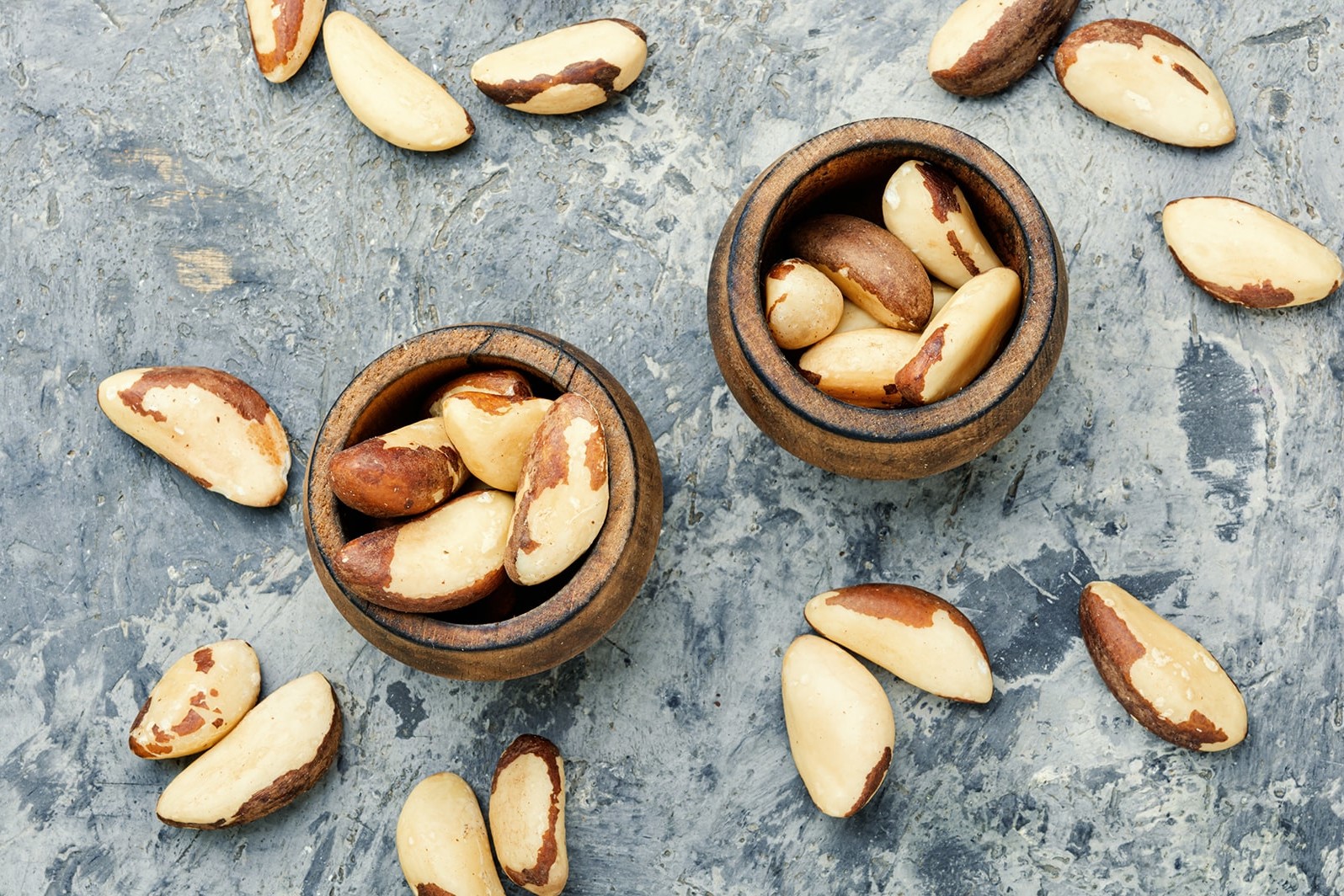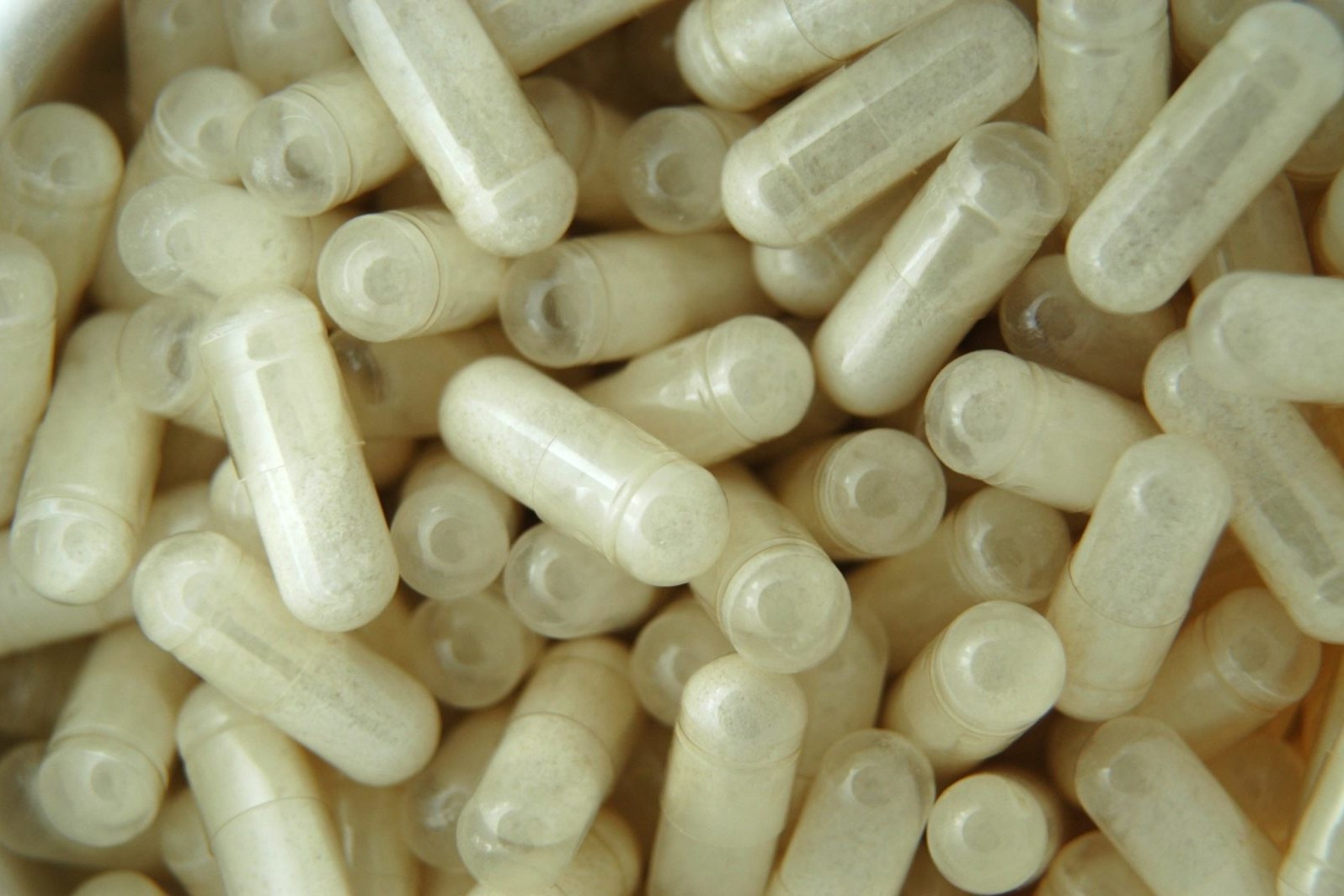Hawthorn Berry (Crataegus oxyacantha)
Hawthorn berry Crataegus oxyacantha (Latin binomial), sometimes called Maybush, is a thorny shrub found that can be found growing on hillsides and in sunlit woodsey areas throughout the world. It’s been used for centuries to prepare foods, beverages, and medicines.
In folk medicine, Hawthorn was used for the treatment of diarrhea, insomnia, and asthma. In China, it has been used to treat digestive problems, high cholesterol, poor circulation, and shortness of breath. During the early 1800’s, doctors in North America used Hawthorn to treat heart conditions, circulatory, and respiratory disorders.
Hawthorn has a rich supply of flavonoids (antioxidants that protect cells from damage) and anti-inflammatory properties, which are important to heart health. It plays a role in helping dilate blood vessels, improves blood flow to the heart, and lowers blood pressure. In fat, in Europe Hawthorn is regarded as a safe and effective treatment for early-stage heart disease. It is used to promote the health of the circulatory system and to treat angina, high blood pressure, and congestive heart failure. In studies, patients with heart failure who took Hawthorn showed improvement in clinical symptoms and sense of well-being.
Hawthorn berry is available as tea, capsule, tincture, and standardized extract found in prescription drugs (not in the US), over-the-counter medication, standardized herbal medicine, or dietary supplements. Before taking Hawthorn, especially if you suspect or have a heart or lung condition, consult with a holistic integrative health practitioner.
Resources
- Hawthorn. Complementary and Alternative Medicine Guide. University of Maryland Medical Center Online. https://umm.edu/health/medical/altmed/herb/hawthorn
- Johnson, Rebecca L. & Foster, Steven et al., National Geographic Guide to Medicinal Herbs: The World’s Most Effective Healing Plants. (National Geographic Society. (2010, 2014), 123-125.
- Hawthorn Berry (Crateagus Oxycanthus): Health Benefits. http://www.herbwisdom.com/herb-hawthorn-berry.html
- Mars, Bridgitte & Fiedler, Chrystle. Home Reference Guide to Holistic Health & Healing. (Beverly, MA: Fair Winds Press. 2015.), 189.
- Dahmer, S., Scott, E. “Health Effects of Hawthorne,” Amer Family Phys. (Feb 15, 2010) 81:4, 465-468. Accessed: Dec. 09, 2015: http://www.aafp.org/afp/2010/0215/p465.html
- Chang, W., Dao, J., and Shao, Z. “Hawthorn: Potential Roles in Cardiovascular Disease.” American Jnl. Chinese Medicine (January 2005) 33:01, pp. 1-10. DOI: 10.1142/S0192415X05002606. http://www.worldscientific.com/doi/abs/10.1142/S0192415X05002606?url_ver=Z39.88-2003&rfr_id=ori%3Arid%3Acrossref.org&rfr_dat=cr_pub%3Dpubmed&
- ie Wang, Xingjiang Xiong, and Bo Feng, “Effect of Crataegus Usage in Cardiovascular Disease Prevention: An Evidence-Based Approach,” Evidence-Based Complementary and Alternative Medicine, vol. 2013, Article ID 149363, 16 pages, 2013. doi:10.1155/2013/149363. http://www.hindawi.com/journals/ecam/2013/149363/
You May Also Like...
Brazil Nut Butter Recipe
Brazil Nuts Brazil nuts are calorie and nutrient dense. High in mono- and polyunsaturated fats, including omega-6 fatty…
The Ultimate Guide to a Maximizing Magnesium
The Ultimate Guide to a Maximizing Magnesium Mineral balance plays a crucial role in promoting optimal health. Among…
Stay In Touch!
Join my mailing list to keep up with all the latest nutrition & FxMed learning opportunities



